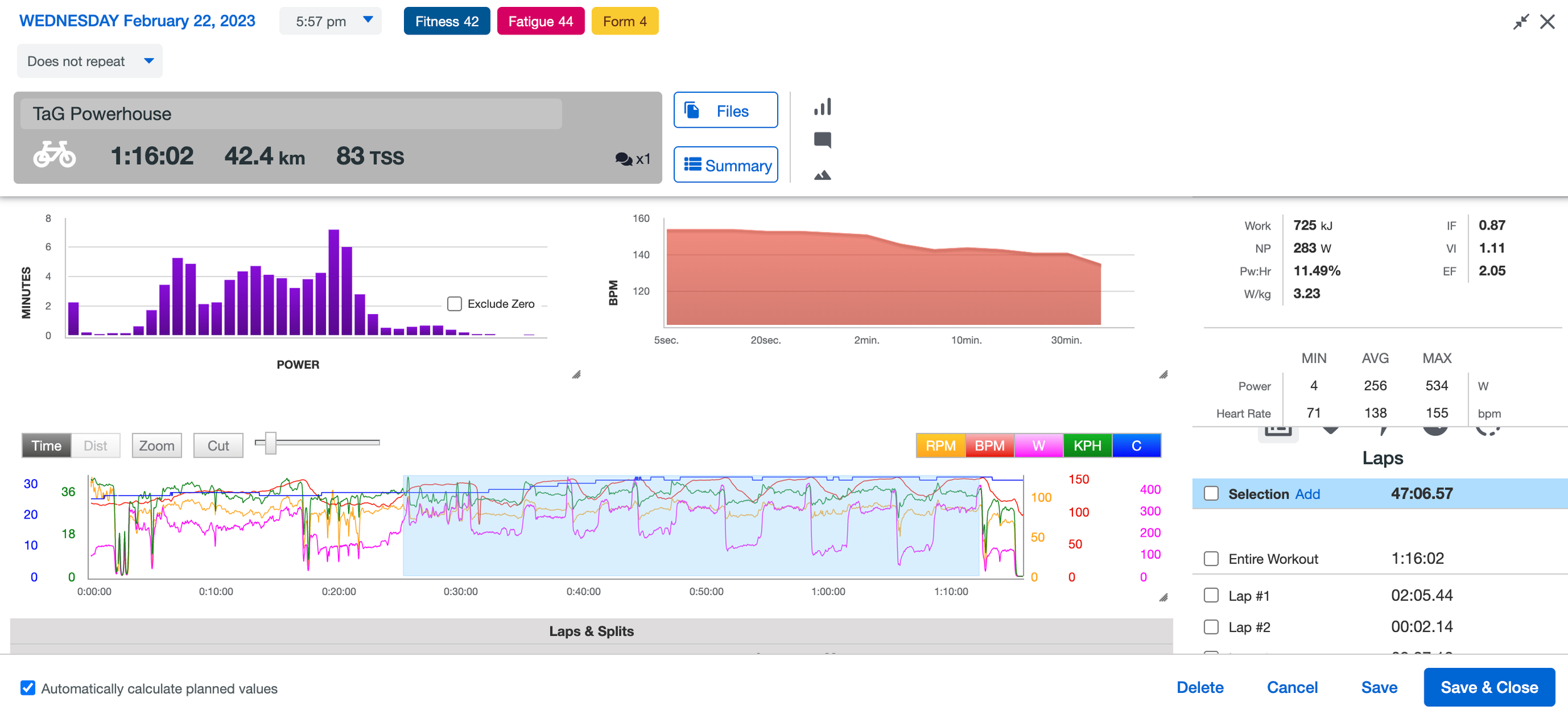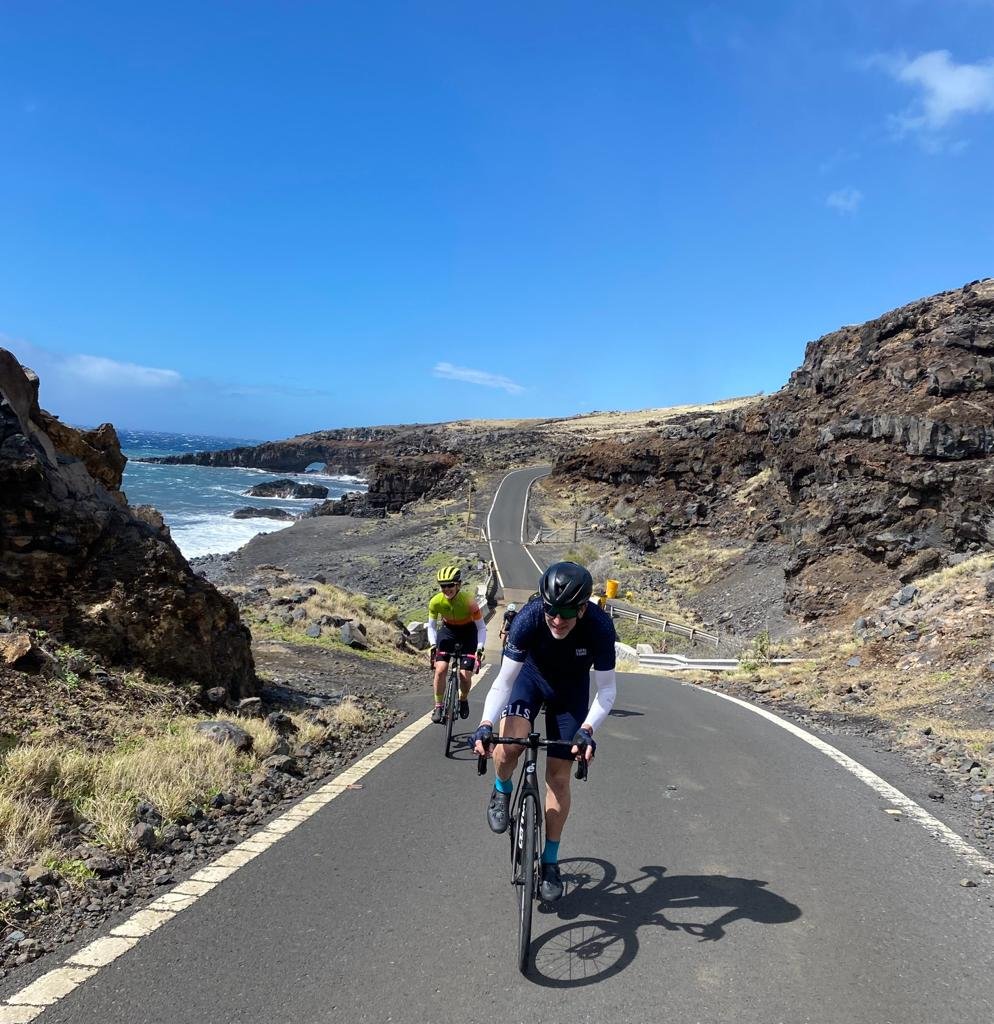
Welcome to Coaches Corner
TaG Coaches Corner
Hello TaG Riders, This is the first installment of what will be an ongoing TaG Coach’s Corner feature going forward. We will be bringing you advice and analysis from TaG’s expert coaches and highlighting the some of the amazing training and racing efforts from TaG coached athletes. You can look forward to hearing from top pros and Olympians and learning more about how to use TaG training resources to reach your goals. Read on to specific segments of the feature …
-
To start, I want to introduce a new program that we developed to enhance the TaG class experience. TaG Pro Analysis (TPA) offers athletes the opportunity to receive coaching feedback on every class workout they perform. TPA athletes have their workout files automatically uploaded to the TaG Training Peaks account where it is analyzed by a TaG coach within 24 hrs. This analysis breaks down advanced power, heart rate and cadence metrics in relation to the TaG workout plan to highlight progress and areas where training could be more effective. This process will help athletes get more out of every workout they do and learn to use data to more effectively guide their training overall.
To illustrate this process, we can use an example file from a client who is one of the early adopters of TPA. For background, this athlete is in the early stages of fitness building with the goal of having strong form for events and big rides through the late spring and summer months. The athlete is naturally good at shorter, punchy efforts (10s-3 minutes or so) but has to work harder for base endurance and the ability to maintain longer pushes on climbs like Cypress and Seymour.
After a phone consult and a look at recent training we decided to focus on controlled intensity around lactate threshold (90-105% of FTP or ~70-80% MAP) in most TaG classes while trying to stick to lower end aerobic riding (55-75% FTP or ~40-60% MAP) on solo rides. When volume has been low and you are just starting to build up, it is important not to push hard in every class and ride you do. You may gain some fitness quickly with lots of high intensity but the improvement curve is steep and short. This can leave you burnt out by spring and lacking endurance in general.
With that in mind, for this athlete, we have been trying to keep max HR around 180 bpm on most of the intervals which is right around threshold for him. The athlete can easily push into the 190’s for short efforts but we want to control that so the intervals work more of the aerobic system without engaging the anaerobic side very much. He is still following the class instructions and doing some high-end accelerations when needed but generally holding back a little so efforts can be steady and consistent. Doing a little bit less power but for more intervals, more often is often a great strategy for building aerobic base.
We also decided to make use of one of TaG’s new class offerings, the Sunday “Steve’s Winter Club Ride”. The ride is dedicated to z2 training with some cadence and acceleration work for structure and added benefit. This fits our aerobic focus perfectly and is more motivating than riding the trainer steady and at home.
As you can see in the analysis comment below, this plan is already producing progress after only a few weeks and I think that will continue as better weather arrives and allows more volume to compliment the classes. Watch out for a certain TaG jersey going faster than ever this season J
Have Fun and Train Hard,
Jordan Cheyne
-
Taking on an Epic Maui Camp on 8hrs/week
Maui’s Challenge
Welcome to the second installment of TaG Coach’s Corner where we take a deeper look at the training, power and results of athletes using TaG’s training programs. For as long as I’ve been working with TaG, the first big goal of the year for athletes is the revered Maui Camp in late February. The camp takes on epic, challenging routes, massive elevation and even climbs the longest paved ascent in the world the Haleakala climb at 60km at 5.5% average gradient. It is a unique goal to prepare for not only because of its inherent difficulties often approaching 30 hrs or riding in the week but also because it comes so early in the training calendar.
Athletes training in Vancouver and in Canada in general rarely have the chance to add significant volume by the February date of the camp and so we need to be disciplined and creative with training approach. Over the years of coaching for Maui, I have found that targeted intensity can be a very good substitute for the long base rides that would usually be recommended for an endurance challenge like this one. In this case we will highlight two TaG coached athletes that had similar, lower volume approaches (~6-9hrs/week) for the camp but both achieved excellent results at camp.
The Demands
Looking at ride files and route information for past year’s Maui camps, you can quickly see that the key demands come in the form of long climbing efforts in the z3-4 range (80-100% FTP). These 20-240(!) minute climbs feature in almost every route multiple times not to mention periods of similar power demands in Maui’s sometimes high winds. Not only do athletes need to be able to put up strong numbers for those climbs, but they need to repeat that power over and over through rides as long as 7 hrs.
On the brighter side, the rest of the rides are generally nicely controlled and lower intensity on the flats and downhills with riders in the groups sharing shorter, manageable pulls. Basically, if you can handle the climbs, you can handle the camp.
The Approach
For both the highlighted athletes, we focussed a lot on that crucial powerband of z3-4, starting with tempo (80-90% FTP) and sweetspot (88-95%) about 8 weeks out and gradually built into higher end LT work (~95-105%). One athlete trained mostly on his own using coach-prescribed workouts while the other, included regular TaG indoor sessions-especially the Wednesday Powerhouse class. Powerhouse ended up being an ideal addition with its focus on long, tough sets with efforts around FTP and short recoveries. As shown in the graphic, a typical Powerhouse class would dictate long 20-45minute+ periods of intervals were average power was high and normalized often averaged right in the middle z4 (280-300w in Greg’s case at the time). Both riders included a longer ride or two either in winter weather or on the trainer when possible but it wasn’t a mandate. In the end, both got the job done as well and arrived on the Island with great form.
The Results
You can see in the week’s graphics, the load of the camp was indeed massive. Close to 30hrs and 1400TSS for both athletes up from weekly averages of 6-9hrs and 3-500TSS going in. It is shown in the “Time in Power Zones” chart, that David actually spent a total of 6 hrs+ at or above his tempo pace in the week-which is as much than he did in entire blocks of training going in. Still the power was there for both athletes, conquering huge days and staying strong to perform well on the final day’s huge climb. There Greg set one of his best 20 minute powers of the season early on at 296w, very similar to the power he was dilligently working in Powerhouse every week. David managed to break a 13 year-old PR by 30 minutes on the climb without even going near his limit.
Their respective cycling engines were built well for the specific aerobic demands of the camp and despite increased volume, performance stayed high. The other crucial part of the equation here was fuelling. Once you have a solid aerobic base of strength, you can extend that strength for long durations as long as the fuel keeps coming in. Both athletes aimed to consume 250-350kcals/hr of carbohydrate during hard rides and replenish well in the evenings. Putting the engine together well and keeping plenty of fuel in the tank made a huge camp possible on not-so-huge preparation.
Have Fun and Train Hard,
Jordan Cheyne
-









